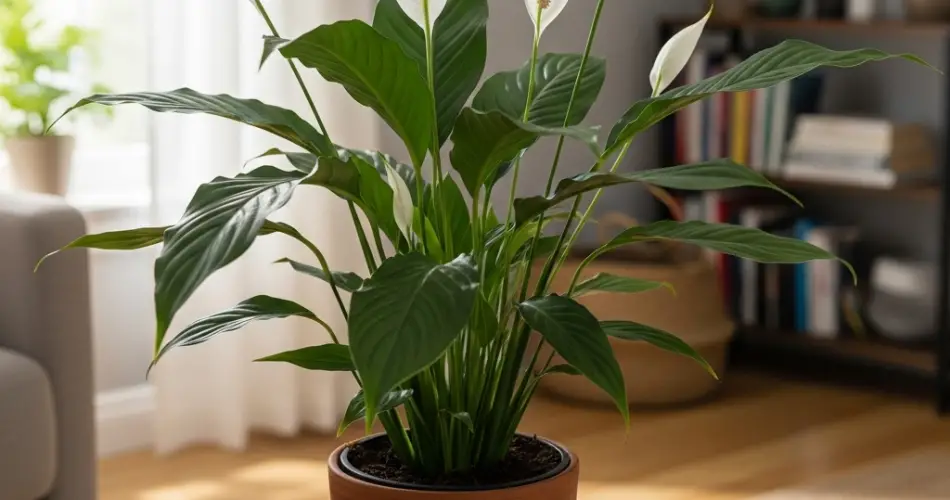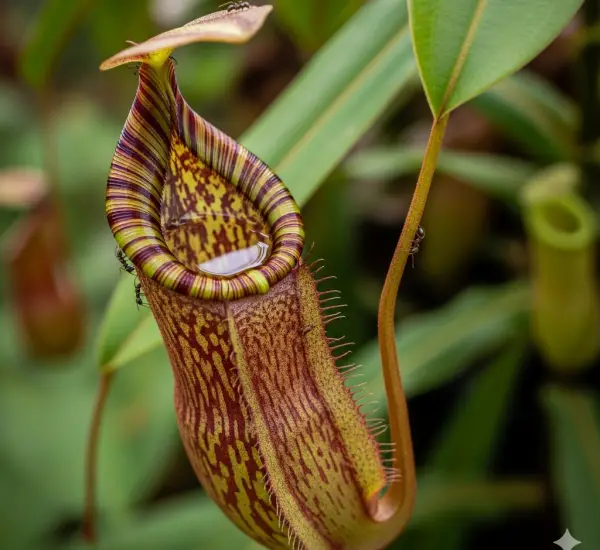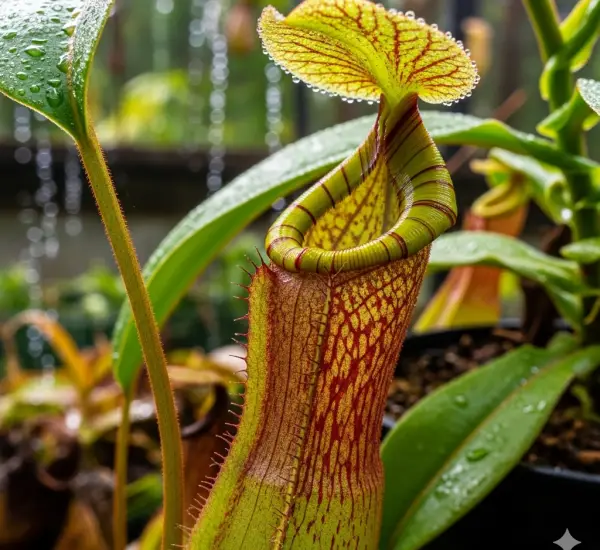The Peace Lily (Spathiphyllum) is one of the most popular indoor plants worldwide, admired for its elegant white blooms, glossy green leaves, and remarkable ability to thrive in less-than-ideal conditions. It is often recommended to beginners because of its resilience, but one of the most common questions plant owners have is: What kind of light does a Peace Lily really need? Should it be placed in a bright window, or can it thrive in low light? Understanding its light preferences is the key to keeping this graceful plant both healthy and blooming.
Natural Habitat of the Peace Lily
To better understand Peace Lily light needs, it helps to look at its origins. Native to the tropical rainforests of Central and South America and parts of Southeast Asia, Peace Lilies grow under the canopy of tall trees. In these lush environments, sunlight is filtered through layers of leaves, meaning the plant never receives direct, harsh rays. Instead, it thrives in dappled, indirect light. This natural adaptation explains why the Peace Lily can flourish indoors, away from bright direct sun.
Bright Indirect Light: Ideal for Blooms
If your goal is to enjoy the Peace Lily’s iconic white “flowers” (which are actually modified leaves called spathes), then bright, indirect light is best. Placing the plant near a north- or east-facing window, or a few feet back from a south- or west-facing window, provides the right balance.
In this type of light:
-
Leaves grow lush and vibrant.
-
The plant produces more frequent blooms.
-
Growth is steady and balanced.
However, direct sun should be avoided. Strong rays, especially through uncovered windows, can scorch the leaves, leaving them with brown or bleached patches. A sheer curtain or blinds can help filter sunlight if only bright windows are available.
Low Light: Tolerated but Not Preferred
Peace Lilies have a reputation as low-light survivors, and rightly so—they can live in dim corners where other plants struggle. In low-light conditions, they maintain their foliage, and their deep green leaves can brighten shadowy areas of the home or office.
But there is a trade-off:
-
Blooming is unlikely in very low light.
-
Growth slows significantly.
-
Leaves may become darker and thinner.
For those who want a purely green, leafy houseplant with minimal care, low light can be acceptable. Just don’t expect the regular display of white spathes.
Signs of Incorrect Light
Peace Lilies communicate their needs clearly if you know what to look for. Common symptoms of lighting problems include:
-
Too Much Light: Brown leaf tips, scorched patches, or a faded appearance.
-
Too Little Light: Few or no blooms, leggy growth, and a plant that seems to stretch toward available light.
-
Balanced Light: Glossy green leaves, occasional blooms, and a compact, upright shape.
By observing your plant, you can easily adjust its position until it finds the right balance.
Artificial Light for Peace Lilies
Not all indoor spaces have windows with suitable natural light, especially in offices or apartments. The good news is that Peace Lilies adapt well to artificial lighting. Fluorescent or LED grow lights provide the right spectrum for healthy growth.
-
Fluorescent Lights: Placing a Peace Lily under standard office fluorescent lights often keeps it thriving, which is why the plant is common in workplaces.
-
Grow Lights: A full-spectrum grow light positioned about 12–18 inches above the plant can simulate bright, indirect sunlight and encourage blooming even in windowless rooms.
This makes the Peace Lily one of the most versatile indoor plants for light flexibility.
Best Placement Ideas in the Home
Depending on your space and lighting, here are some placement suggestions:
-
Living Room: Near a bright window with filtered light, where it becomes a decorative focal point.
-
Bedroom: On a nightstand or dresser away from harsh direct sun.
-
Office: On a desk under fluorescent lights or by a shaded window.
-
Hallways or Bathrooms: Low-light corners are fine, though blooms will be less frequent.
By experimenting with placement, you can strike the right balance between greenery and flowering.
Final Thoughts
The Peace Lily’s adaptability is what makes it such a beloved houseplant. It can survive in low light, making it ideal for dim spaces, but it truly flourishes and produces its signature white blooms in bright, indirect light. Direct sun, however, is harmful and should be avoided.
If you want a lush foliage plant, low-light placement is sufficient. If you want the joy of regular blooms, position it near a filtered window or supplement with artificial light. Either way, the Peace Lily is a forgiving plant that rewards even minimal care with beauty and elegance.
With the right understanding of its light needs, you can enjoy a Peace Lily that remains healthy, vibrant, and, when conditions are ideal, full of stunning white flowers year after year.



